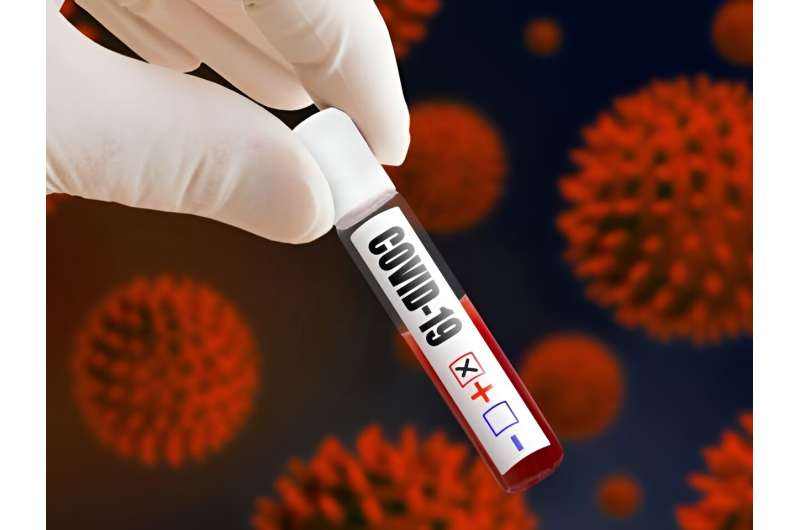U.S. veterans infected with COVID-19 have an increased risk for mortality during days 0 to 90 and 91 to 180, but risk is reduced thereafter through two years, according to a study published online Aug. 21 in JAMA Internal Medicine.
Theodore J. Iwashyna, M.D., Ph.D., from Ann Arbor Veterans Affairs in Michigan, and colleagues conducted a retrospective cohort study using prospectively collected health record data from Veterans Affairs hospitals across the United States for veterans who had COVID-19 between March 2020 and April 2021. Each individual was matched with up to five comparators who had not been infected with COVID-19. Data were included for 208,061 veterans with COVID-19 infection and 1,037,423 matched uninfected comparators.
The researchers found that during the two-year period after initial infection, the unadjusted mortality rate was 8.7 percent for veterans with COVID-19 compared with 4.1 percent among uninfected comparators (adjusted hazard ratio, 2.01, with censoring if the comparator later developed COVID-19). There was variation in the risk for excess death, with the highest risk during days 0 to 90 after infection and elevated risk during days 91 to 180 (adjusted hazard ratios, 6.36 and 1.18, respectively). Mortality was reduced on days 181 to 365 and 366 to 730 among those who survived COVID-19 (adjusted hazard ratios, 0.92 and 0.89, respectively). Across sensitivity analyses, the patterns were consistent.
"This finding has individual level and health system planning implications and should be reassuring to persons who have survived COVID-19 for at least 180 days," the authors write.
More information: Theodore J. Iwashyna et al, Late Mortality After COVID-19 Infection Among US Veterans vs Risk-Matched Comparators, JAMA Internal Medicine (2023). DOI: 10.1001/jamainternmed.2023.3587
Journal information: JAMA Internal Medicine
2023 HealthDay. All rights reserved.
























